The impossible swim
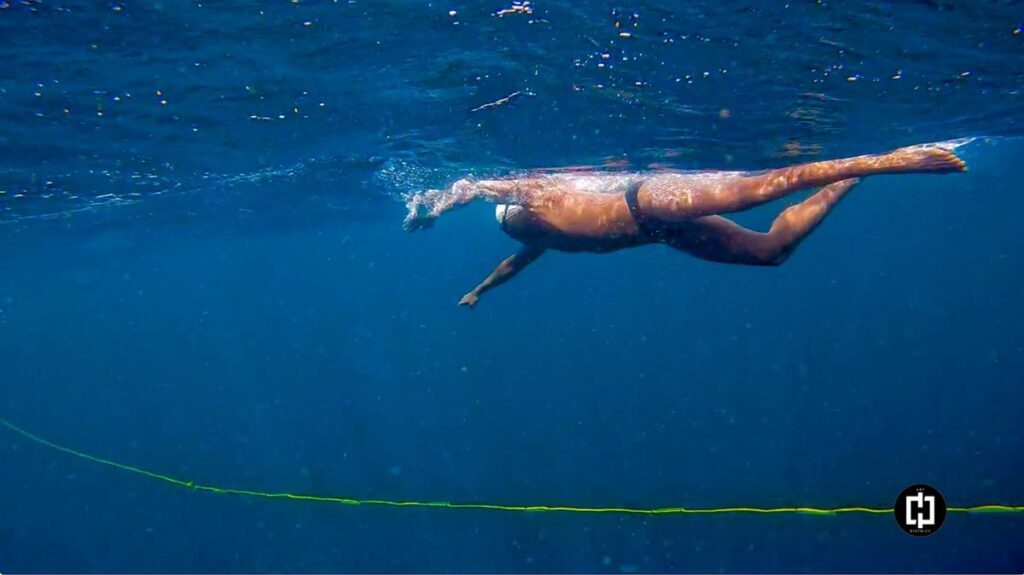
John Procope talks with Anjani Ganase about his relationship with the ocean. In early October, he completed the swim from Scarborough to Toco, and has become one of a few people in the world to swim without stopping for over 24 hours.
“I’d been swimming for several hours now, and the sun was setting. I saw Matelot in the distance and knew I was close. Throughout the swim, the support crew gave regular updates of the distance left to Trinidad. Six miles to go was the last I heard, but more than three hours have passed with encouragement but no progress on distance. Turns out the current was, once again, pushing against me and I was no closer than a couple hours ago. I was angry, I was crying. I wanted to quit!
"My supporters yell, ‘If you get in this boat, you will regret this for the rest of your life! Keep swimming!’ My eyes welled up with tears and my goggles fogged. I put my head down and kept swimming.
"All of a sudden a massive fish cuts across me and I screamed. It was a bottlenose dolphin, snapping me back to reality. I was swimming in the ocean – and I was almost there.”
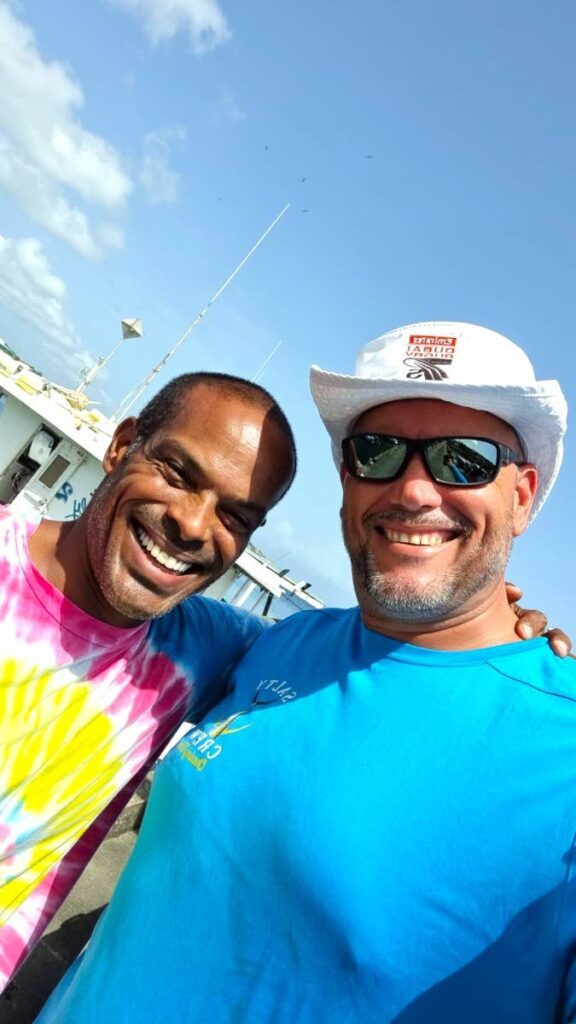
Called by the ocean
John Procope grew up in Trinidad living with nature, encouraged to care for the environment from a young age. Procope wanted to be an “animal doctor.” The educational path was set out by his parents.
From boarding school in England to undergraduate school in the US, he focused on the subjects that helped him to vet school.
But his love for the ocean was less formal: his parents exposed him to the sea and safety by exploring coastal tide pools, while his cousins carelessly took him diving off the North Coast at nine years old. This was his first glimpse into the underwater world.
On vacation in Aruba, Procope became certified as a junior open-water diver at 12.
A natural in the water, Procope eventually returned to the sea in his third year of university, gaining experience in marine conservation in Bonaire, under the supervision of the same instructor who taught him how to dive. He became his friend and mentor.
The direction of his career began to shift. No longer did he want to fix broken animals, but was inclined to marine adventures and ocean conservation.
When he returned home, with his parents' blessing, he opened a dive shop in Tobago.
In 1997, his dive shop – Scuba Adventure Safaris – was the 21st dive shop on the island. An overcrowded industry in the height of dive tourism in Tobago. Procope was in it for the adventure of the marine world rather than for profit. He was proud to have the best team who provided excellent service for 18 years.
When he closed his shop in 2015, the industry was slowing down and 11 shops were still operating. Today, only four shops continue to run in Tobago.
Procope came to Trinidad to care for his mom, but returned to Tobago, his home, after her passing.
He works as a freelance dive instructor, and is a supplier in sustainable fisheries, catching lobster and lionfish. For recreation and fitness, he enjoys ocean swimming.
He recalls one swim, one of the worst in his life, swimming from Culloden to Store Bay with a friend. Shortly after they started, his friend lost his water bottle, then the current held them offshore and low tides forced them around Buccoo Reef. Ten-and-a-half hours in salt water with one bottle of water for two swimmers was a hard lesson.
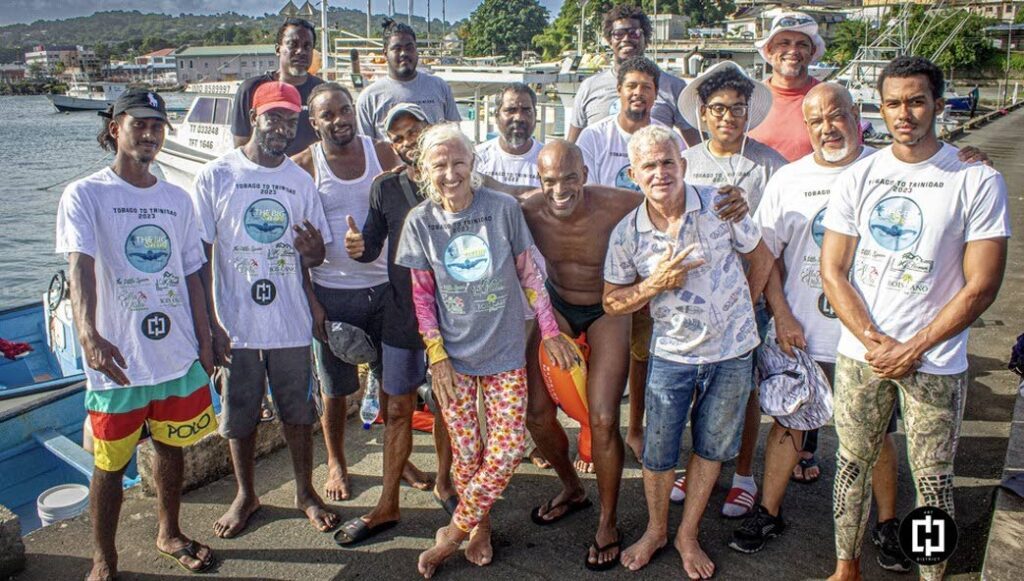
-
Procope often joked to his mate, William Carr, about swimming from Tobago to Trinidad. They dubbed it "the Impossible Swim."
He relates the story of the former slave – Sandy – who led a rebellion in Tobago. Sandy escaped across the passage to Toco; his descendants, who live in Toco today, are not sure whether he rafted or swam to his freedom.
Making the impossible possible
Procope and Carr pondered the logistics of the swim from Tobago to Toco. Perhaps strategising the journey as several small actions would make the swim doable.
The Galleon’s Passage between south Tobago and Toco is only 35 km, but it is wracked by strong currents as the Atlantic Ocean funnels through this narrow passage.
“The first attempt was a failure from the start,” Procope remembers."Logistics and sponsorship locked us in to a fixed window not based on ocean conditions. It was on the heels of Hurricane Fiona (2022) and the ocean was still tumultuous.
During this attempt, Procope was a support swimmer, wearing fins to keep up. They started from Lambeau beach, but before they left the bay, they needed to rescue the kayak guide, who had capsized. They swam for 11 hours,but the current swung them back around Tobago’s south coast.
The second attempt, in 2023, was better, with only John taking on the challenge without fins. John tried a different strategy, with a current-assisted swim. He started farther up the coast at Barbados Bay, with hopes of being "slingshotted" towards Toco.
Procope swam for 11 hours and got seven miles from Toco, but strong longshore currents kept him offshore. It was heartbreaking and took a mental toll.
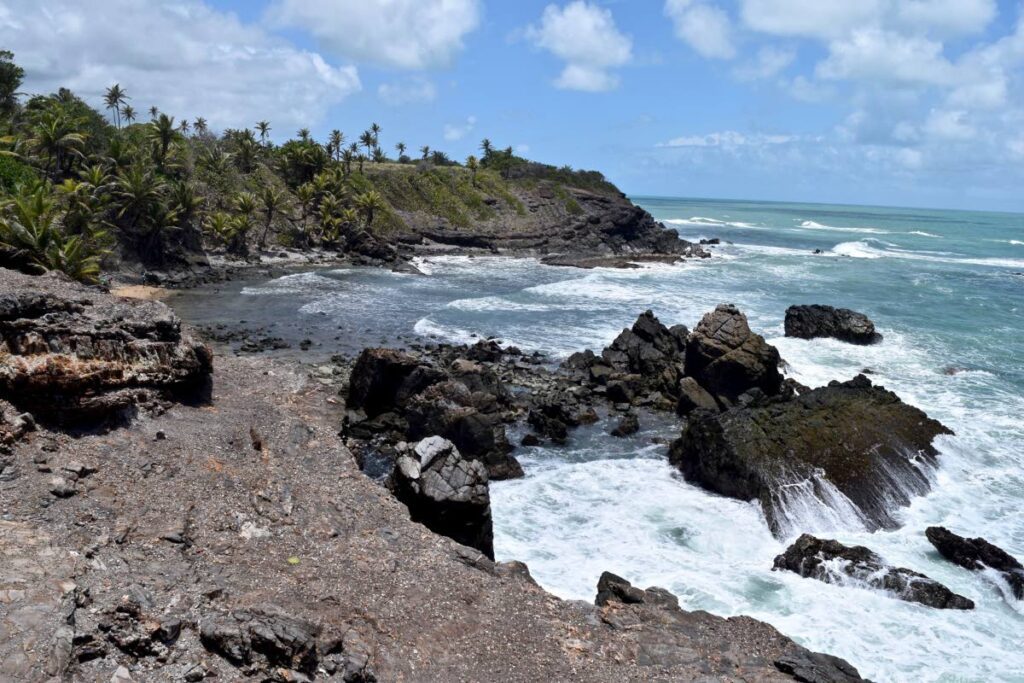
Challenges near shore
Further planning and observing the ocean using apps revealed small windows of opportunity throughout the year when the current slackens and the waves calm down. It would mean a longer swim, but he would no longer be at the mercy of ocean currents.
In 2024, Procope, Carr and the team kept an eye out for such windows of opportunity, while they continued to raise funds. The opportunity came on October 2, but this meant that Procope would have to go solo, as William was swimming in the Ocean Man Swim competition in the ABC Islands.
Procope started his swim at 9 pm. He was led out of the harbour by a guide boat, and although it was struggle in the beginning to be guided by a light in the dark, he kept a steady pace and tried not to think about what might be lurking beneath.
He took a one-minute drink break every 45 minutes, for coconut water and Lucozade.
On and on, one hour after the next in the dark, Procope welcomed the sunrise and daylight. As he swam on, he hoped to make it before dark.
But the sun was setting again, and how beautiful it was, even though the mental strain was building.
Procope was hoping to complete within 24 hours, but in the end, he swam for just over 24 hours, fending off fatigue, cramps and fear. After many hours battling the longshore current once again, the tide turned and eased. It was his chance to access the coast. Procope approached Sas Souci. It was dark. He was swimming through river debris, plastic, garbage bags. It was a nightmare. He rounded the eastern point of the beach, close to where the surf broke on the rocks. Swimming in the open ocean in the dark has its own risks, but approaching the jagged coastline at night is another threat.
Leaving his guide boat behind, he swam until he felt rocks or reef below his hands and feet. The waves were breaking close by, but he couldn’t see to navigate farther. He stood up in knee-high water.
John took the moment to acknowledge the victory of reaching Trinidad before returning to sea and the safety of the guide boat.
Loving the ocean
Procope credits the effort of his team, especially Carr, who was there from the beginning, his many friends and family who have supported him – Rolf Ferreira, Dagmar Buhck, Jonathan Ammon and Richard Cornybear, to name a few. He is grateful to his swim coaches and is forever indebted to the Predator boat team who assisted in the navigation. Lastly, the funders of his journey, and those who recorded the swim in videography and photography and shared his story.
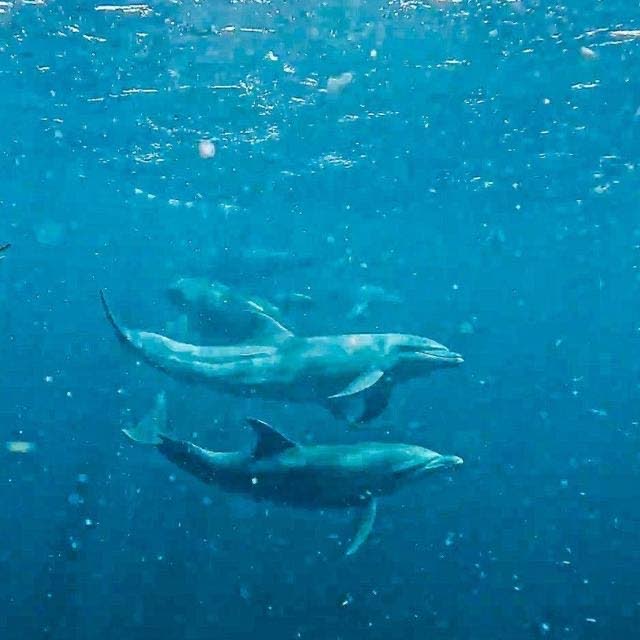
Ocean swimming will always be a part of Procope’s future. He will be swimming around Tobago, camping on a beach at night; different groups will join for each daily leg.
He’s thinking of ways to get more people into the ocean through swimming. Understanding the ocean, learning to navigate it, and to care for it are essential to people who live on islands. There is a need to show the possibility of a different relationship with the ocean, without fear.

Comments
"The impossible swim"